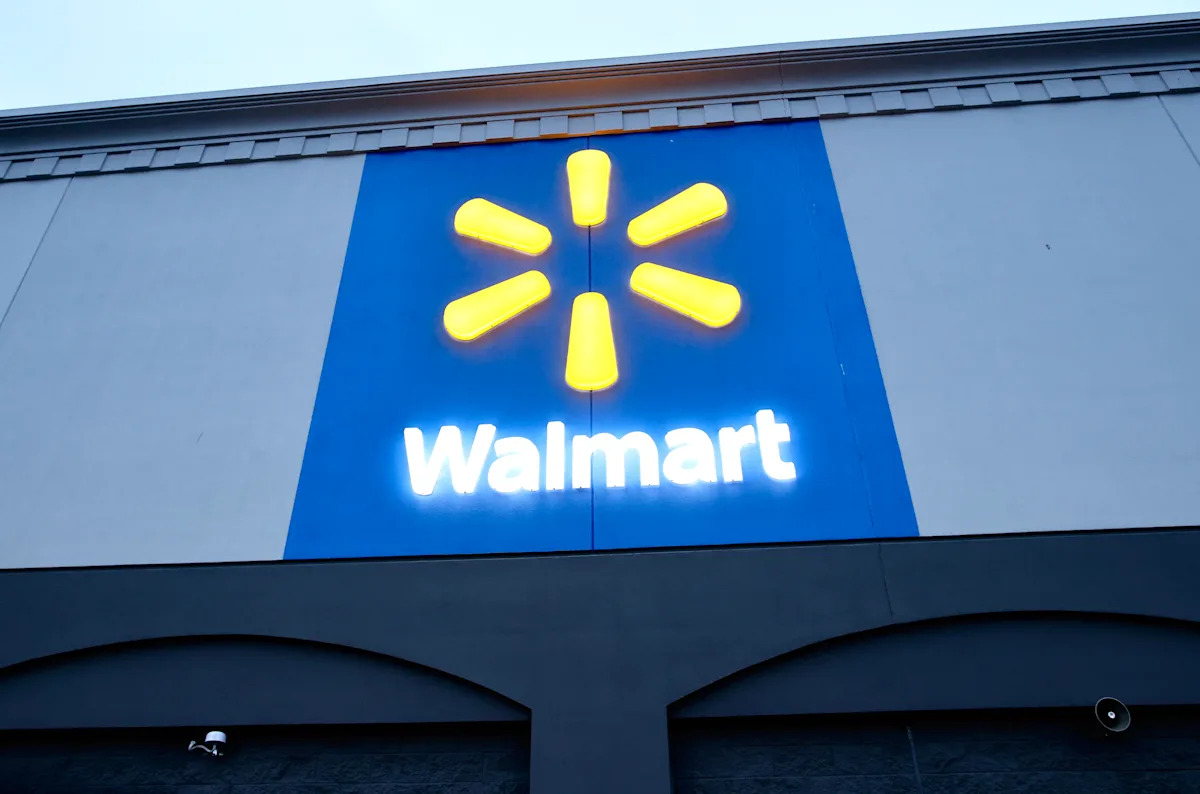On Oct. 14, 2025 Walmart announced a strategic partnership with OpenAI that pushed shares to a record high. The deal aims to deploy large language models across customer facing tools, personalized shopping, e commerce automation, supply chain optimization, and employee tools.

On Oct. 14, 2025 Walmart announced a strategic partnership with OpenAI and markets reacted with confidence, driving the retailers stock to a record high. The agreement aims to embed large language models across retail operations to improve customer facing tools, enable personalized shopping, and deliver e commerce automation and supply chain optimization at scale. This is a landmark example of AI in retail and OpenAI partnerships moving from pilot projects to broad deployments.
Walmart is a global retail leader and a bellwether for how new technology scales in stores and online. Retailers face pressure to improve customer experience, reduce friction in logistics, and control costs. Large language models can generate human like responses, extract insights from documents, and automate routine decision steps that previously required manual work.
By partnering with OpenAI, Walmart signals intent to apply advanced AI across multiple parts of its business. Observers note this is not a narrow experiment but a move toward wide scale integration, which could reshape how shoppers interact with stores and how operations are managed.
LLM driven assistants can guide shoppers in natural language, recommend products, and enable AI driven personalization that may increase conversion rates and order value. Real time recommendations and dynamic offers powered by AI in retail can create more relevant shopping journeys.
On the back end, AI driven supply chain optimization and predictive supply chain management can reduce stockouts and overstock, improving margins and on shelf availability.
The likely outcome is role evolution more than immediate mass layoffs. Routine tasks such as basic customer inquiries and data entry are prime candidates for automation, shifting human roles toward supervision, exception handling, and higher value customer care. Large scale deployments will require reskilling the workforce, new oversight roles, and transparent policies on task allocation between AI and people.
Labor stakeholders may demand clarity on how tools are used, which metrics inform performance evaluations, and safeguards against automated monitoring that could affect job security and morale.
Integrating LLMs into retail systems raises questions about what customer and operational data models can access, how long that data is retained, and how to prevent leakage of sensitive information. Maintaining strong data privacy practices and implementing robust auditing are essential to preserve customer trust.
Regulators and customers will expect explainability for AI driven decisions that affect pricing, returns, or eligibility for services. Walmart and OpenAI will need human in the loop processes, logging, and clear compliance frameworks.
A major retailer announcing a deep tie to a leading AI developer sets a precedent. Competitors may accelerate similar deals with AI vendors or invest in proprietary models. Heavy reliance on a single provider creates vendor concentration risk, so retailers will likely weigh capability against vendor diversity and contingency planning.
This move aligns with broader trends of companies moving beyond narrowly scoped pilots to embed AI where it interacts with customers and controls operations. The critical variable will be governance, not technology. Deployments that combine clear performance metrics with privacy safeguards and worker transition plans are more likely to deliver sustainable value.
Walmarts partnership with OpenAI announced on Oct. 14, 2025 marks a visible step toward mainstreaming generative AI in retail. The deal could accelerate personalized shopping, streamline supply chains, and reshape back office work while raising urgent questions about data governance and workforce transitions. For retailers the takeaway is clear: the next wave of automation will hinge on organizational change and governance as much as on model performance.



